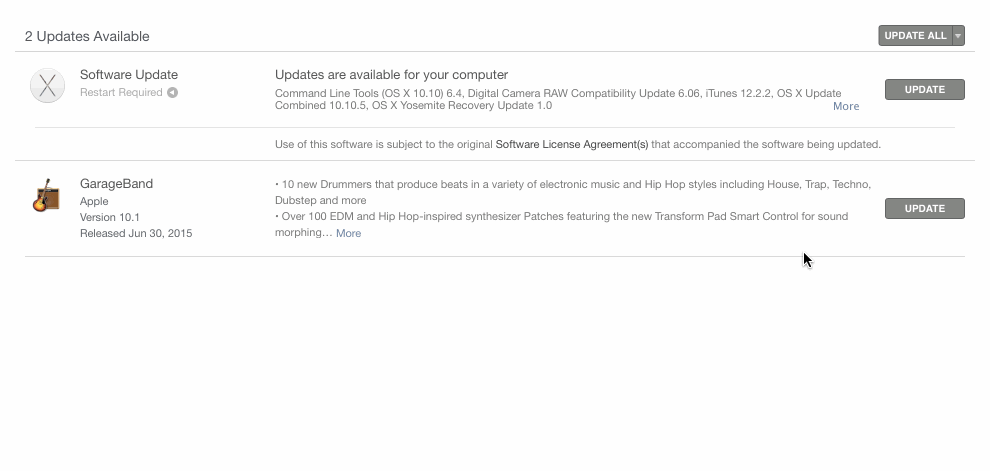This has hit the sweet spot of good questions for me. It's simple, has resonance, and sits at the back of your mind all day.
So yesterday I was attuned to this sort of interaction and questioned it whenever it occurred and have an answer that I'm satisfied with at least.
No. There is no value to Show less.
The main problem is with language.
You are using the term 'Show less' because they have selected 'Show more'. But replace 'Show more' with 'Read more' or 'Learn more', which describe what they are doing and not what the interface is doing. You can't read less or learn less when you've already read or learned something. This is why it feels wrong to say 'show less' - because the language is in dissonance with the action.
You could relabel it 'Expand' and 'Collapse', only now we've agreed 'Read more' is really what the user is here, then it's good UX to use that as the label.
But wait. There is no antonym for Read less.
The solution that seems to work best is to design the interface with a 'close' interaction. That signifies nicely that they have finished reading what they have expanded, and are ready to move on.
Of course, this won't work if you only have a small amount of content as per your example.
I'd go with 'Show less' if I were you.


